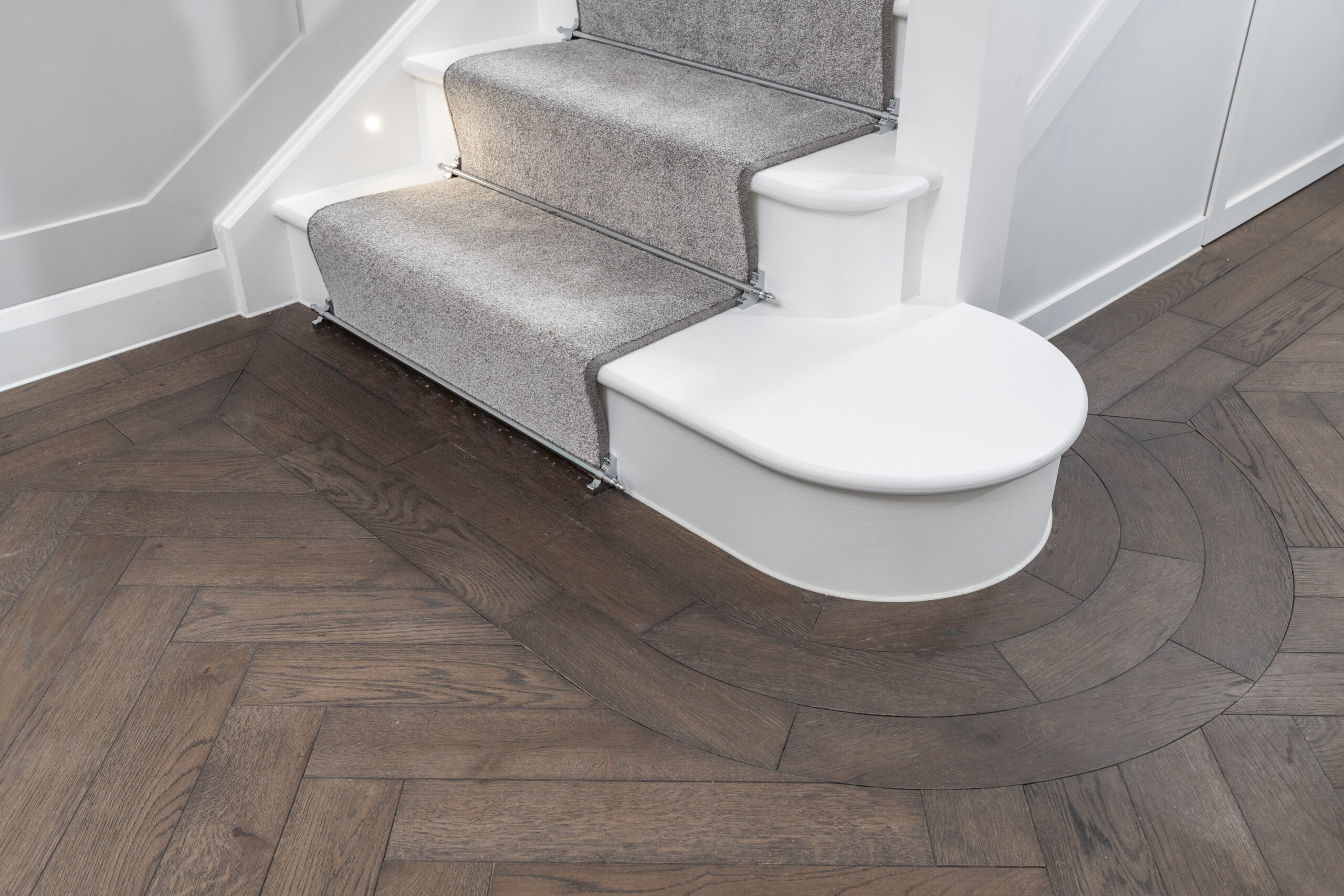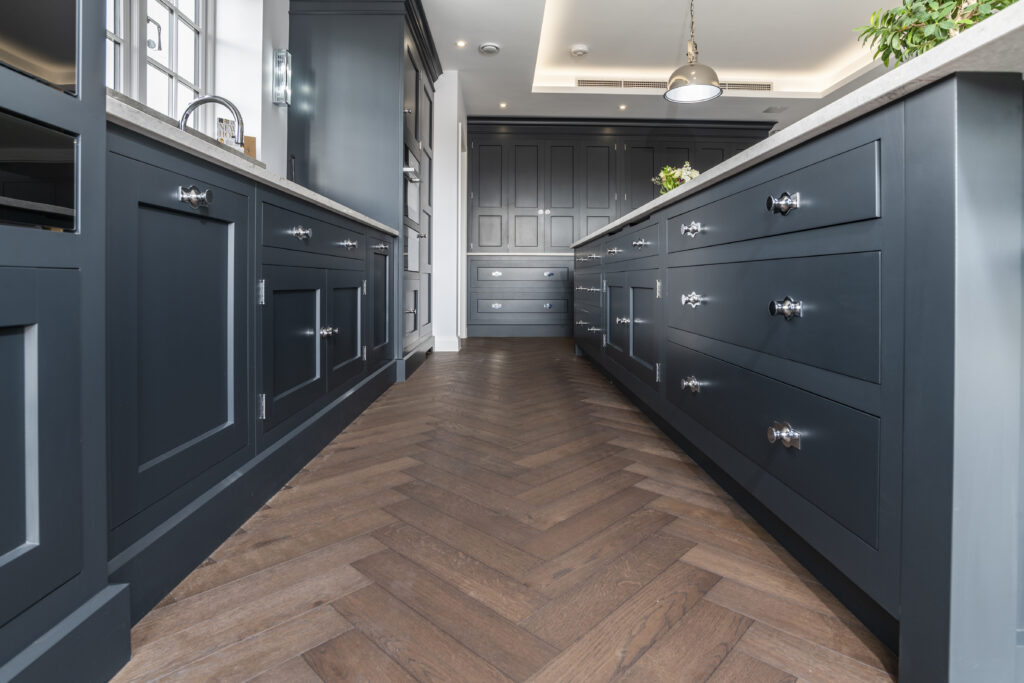
Engineered wood flooring has become one of the UK’s most popular choices for homeowners, renovators, and interior designers seeking a perfect blend of natural warmth and modern practicality. With its layered structure and real hardwood veneer, engineered flooring delivers the timeless beauty of wood without the drawbacks of solid wood in variable environments. In this guide, we’ll explore what engineered wood flooring is, why it’s ideal for many homes, and how Wood Connexions offers tailored, high-quality options that elevate interiors.
Engineered wood flooring is a modern innovation that combines the timeless appeal of natural hardwood with enhanced structural performance. Unlike traditional solid wood, which is milled from a single piece of timber, engineered wood is meticulously constructed in layers to deliver both beauty and durability.
At its core, engineered wood flooring consists of two primary components:
Unlike solid wood, which is produced from a single, thick plank, engineered wood’s multi-layered build ensures less movement with fluctuating moisture and temperature levels. This means greater resistance to warping, shrinking, or swelling, making engineered wood floors an exceptionally resilient and stylish foundation for any room.

The manufacturing process for engineered wood flooring is where quality and innovation truly shine:
This process enables flexibility and customisation, whether you’re after a pristine, polished look or a rustic, textured style.
Engineered wood flooring has earned its place as a go-to choice for both modern and traditional interiors, not just for how it looks, but for how it performs. While it captures the rich textures and natural warmth of solid timber, engineered wood goes further by offering practical advantages that suit contemporary lifestyles.
Thanks to its layered construction, engineered wood is remarkably stable, perfect for rooms with underfloor heating or spaces that experience humidity changes, such as kitchens or conservatories.
With a thick hardwood layer and quality bonding, engineered flooring endures daily wear and tear. It also outperforms many laminates and is highly scratch-resistant—ideal for busy homes.
You’ll enjoy the visual elegance and tactile warmth of real wood, complete with grain, texture, and natural variation—features lacking in most synthetic alternatives.
Engineered wood’s core uses less high-grade hardwood, making it an environmentally friendlier choice. At Wood Connexions, we use predominantly FSC‑certified European oak and responsibly sourced birch plywood.
With options to float, glue, or nail the boards, engineered flooring can suit nearly any subfloor or layout, from renovation projects to new builds.
Engineered wood’s adaptability makes it suitable for almost any room in a home:
While it’s possible to use engineered wood in bathrooms or wet rooms, controlled climates and extra sealing measures are essential to prevent moisture issues.

With proper care and high-quality finishes, engineered wood flooring can last decades. Many of our customers enjoy 30–50 years of beautiful flooring with minimal maintenance, such as regular gentle cleaning and occasional buffing.
Yes, provided the top veneer is thick enough (typically 3mm or more). Our bespoke ranges include thicker burnished or brushed veneers that can be lightly sanded and refinished once during their lifespan, restoring that fresh, lived-in elegance.
Absolutely, engineered oak with a robust finish resists claw dings and pet wear. Opt for matte or brushed finishes that hide small scratches, and you’ll enjoy both practical beauty and pet-friendly resilience.
Engineered wood flooring combines the authenticity and tactile luxury of real wood with modern-day resilience and flexibility. It’s ideal for busy family life, stylish living, or refined renovation, especially when paired with thoughtful craftsmanship and sustainable practices.
At Wood Connexions, we’re dedicated to providing you with beautifully made, responsibly sourced engineered flooring that becomes the heart of your interior. Explore our engineered wood flooring collection available in both herringbone and planks, and don’t hesitate to speak to our expert team today for more advice.
How to Choose the Perfect Engineered Wood Floor for Your Home
How to Clean an Engineered Wood Floor
Herringbone vs. Straight: Which Pattern Works Best for Engineered Wood Flooring?
Learn how we can collaborate on your next luxury project, offering tailored solutions and unparalleled craftsmanship.



If you would like additional information or would like to speak to a member of our team please feel free to get in touch.
Sign up now to receive expert tips and inspiring ideas with our free Wood Connexions product guide — your first step to a beautiful home.
Sign up for our newsletter and receive your free product guide packed with inspiration and expert tips to transform your home.